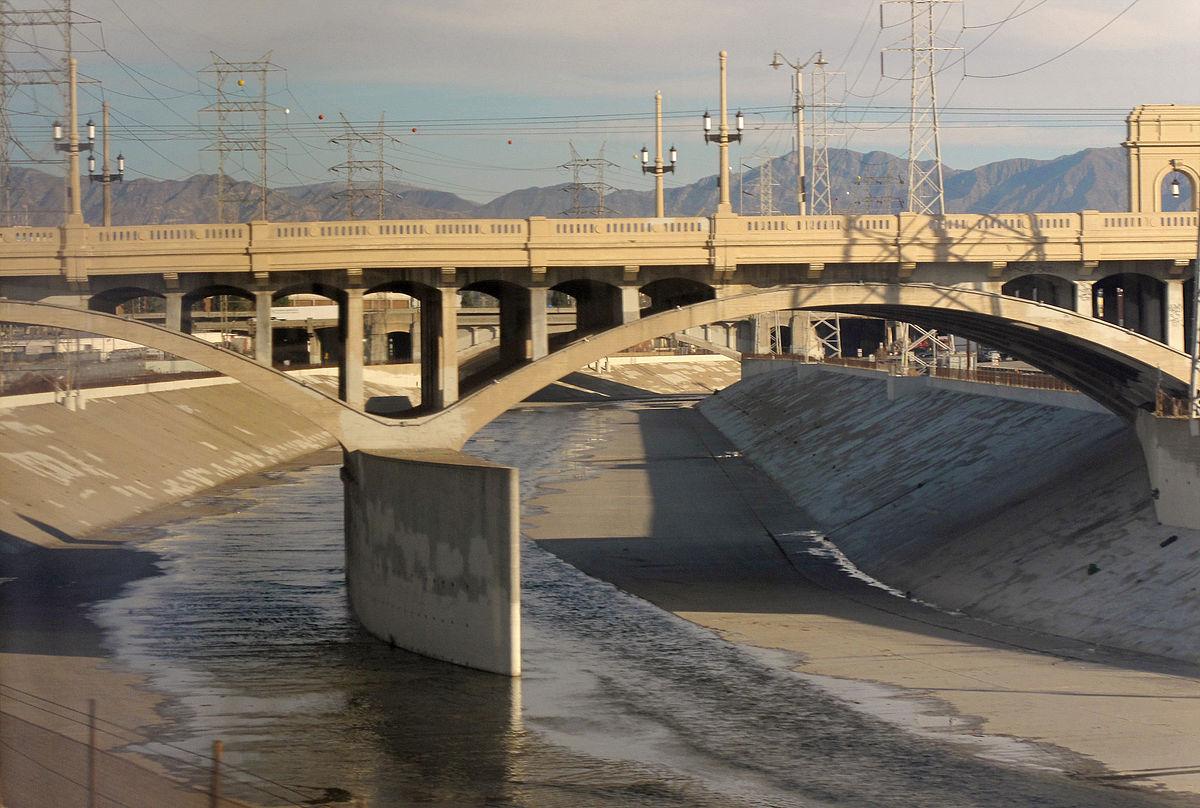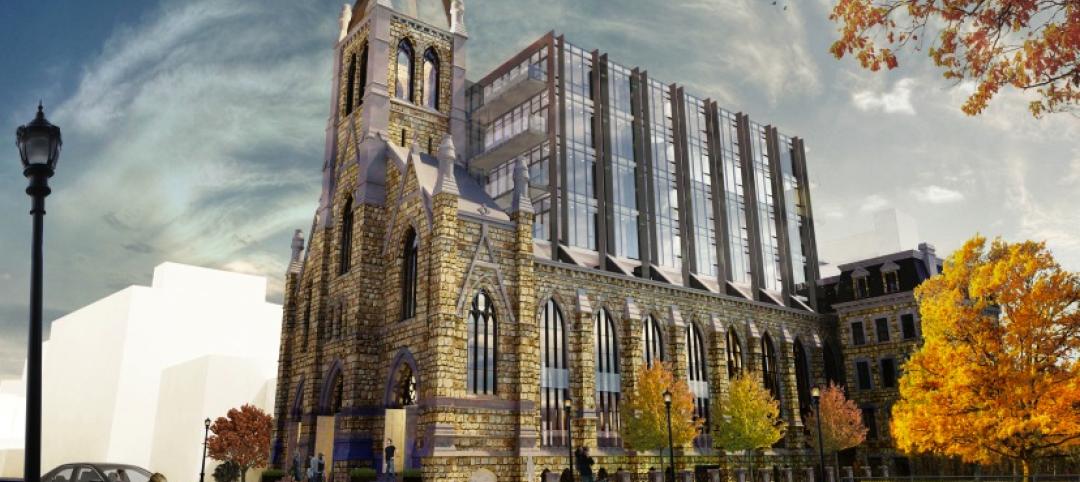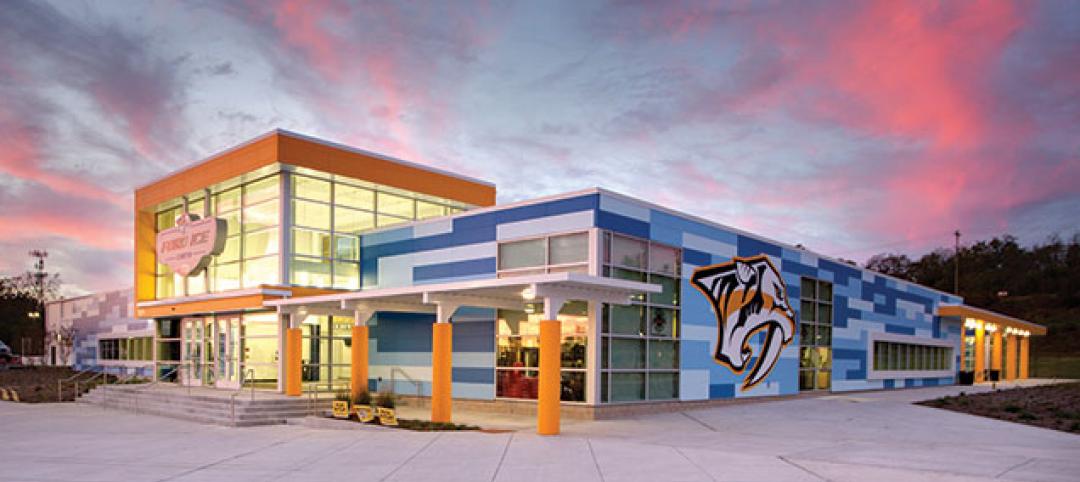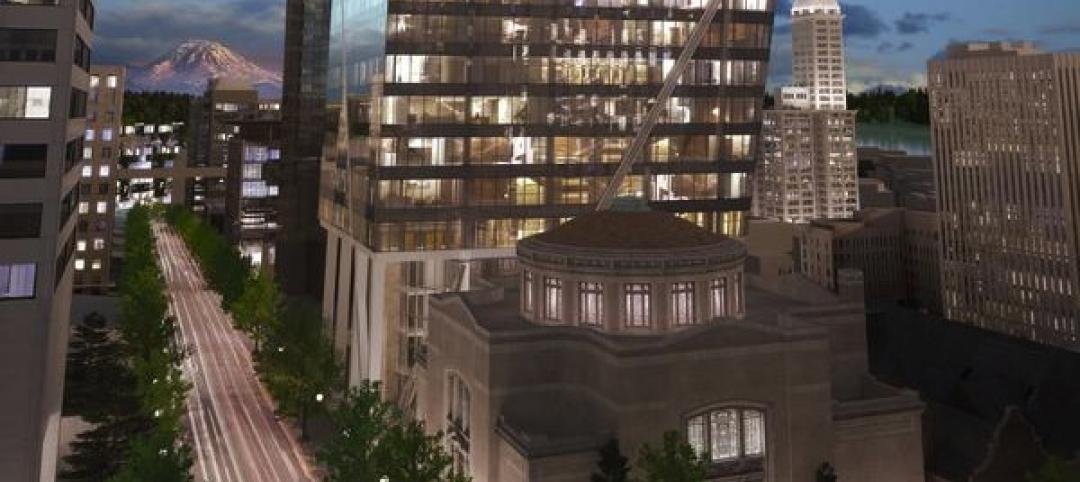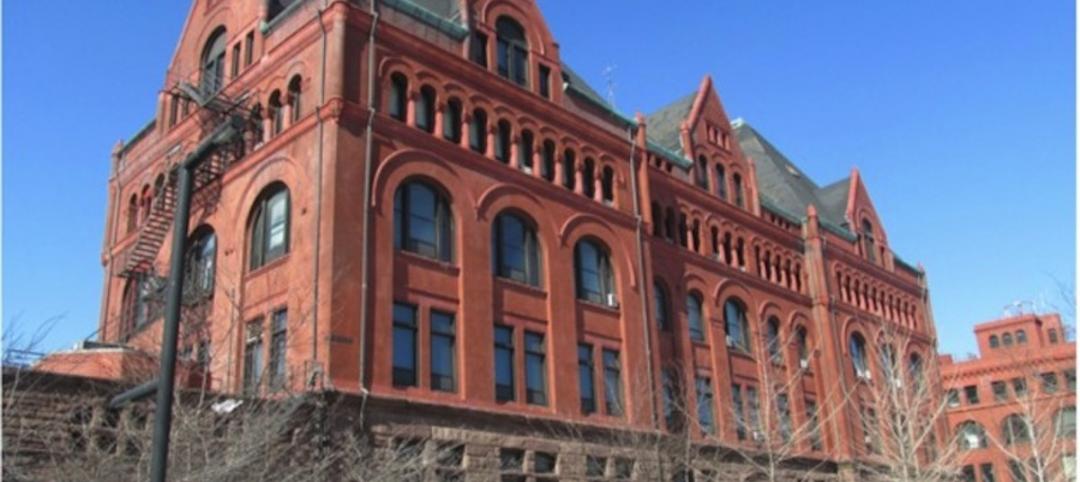For the past year, famed architect Frank Gehry has been assembling a team of architects and designers for the purpose of figuring out how to turn the system that currently prevents stormwater runoff from flooding the 52-mile-long Los Angeles River into a system that captures and even treats that stormwater for reuse.
The challenge would be allowing public access to the river, at a time when the entire state of California is struggling with drought conditions, without jeopardizing a flood-prevention system that’s been in place since before World War II. And if this plan were to take shape, what impact would it have on local neighborhoods near the river?
The federal government has earmarked $1.3 billion in funding to transform this river system into an urban waterway.
The Los Angeles Times reports that Gehry’s office, working pro bono so far, has already produced a 3D point-cloud hydrology model for 70% of the river. Now Gehry and his client, the nonprofit L.A. River Revitalization Corp., which formed in 2009 to coordinate river policy, must convince politicians, river advocates, and potential investors that this plan is workable.
The 86-year-old Gehry, who lives in L.A., reportedly agreed to take on this assignment only if it were primarily a water-reclamation project and not a redevelopment scheme that “brands” the river. And one of the main components of his plan would be to allow the public to use the river or its banks when the risk of flooding is low, which is most of the time.
Gehry’s involvement has certainly led to skepticism about the wisdom of handing this project over to someone with no water-management expertise. Gizmodo’s Urbanist Editor, Alissa Walker, worries that Gehry’s past architectural work “doesn’t show many gestures to the natural environment”. She also points out that in Los Angeles, public opinion about Gehry is polarized.
However, the involvement of a famous and well-connected architect could appeal to Mayor Eric Garcetti, who has a reputation for being overly cautious when it comes to pulling the trigger on costly infrastructure improvements. (Garcetti’s office confirmed that Gehry was working on a master plan for the river after the Times broke this story.)
The Times suggests that Garcetti could position this river plan as an anchor of a major policy and civic-design initiative, and as a chance to tackle several major issues including public health (thanks to new riverside parks and walking and biking paths), climate change and even affordable housing (if public land can be used along the river for new construction).
However, Garcetti isn’t the only one who needs convincing, as one-third of this river is outside of L.A.’s city limits (the flood prevention system runs through Long Beach to the ocean), and there are several cities and jurisdictions that would have to sign off on any proposal.
Two younger architects at Gehry Partners, Tensho Takemorio and Anand Devarajan, have been leading this effort. The team also includes Richard Roark of the Philadelphia-based landscaping architectural firm Olin, a Dutch water management expert named Henk Ovink, and consultants from the engineering firm Geosyntec.
The team developed the 3D model with Trimble, a technology firm that acquired Gehry Technologies last year.
Gehry is quoted as saying that his plan would complement earlier plans, including The Los Angeles River Revitalization Master Plan, developed by an ad hoc committee, which would also allow public access but focuses on establishing environmentally sensitive urban design and land use guidelines. And there’s also Alternative 20, a federal plan that calls for a dramatic redesign of an 11-mile stretch of the river near downtown. However, Gehry does not think it would be necessary to remove the concrete funnel that diverts floodwaters seaward.
Related Stories
Giants 400 | Aug 7, 2015
RECONSTRUCTION AEC GIANTS: Restorations breathe new life into valuable older buildings
AEC Giants discuss opportunities and complications associated with renovation, restoration, and adaptive reuse construction work.
Codes and Standards | Jul 16, 2015
Oregon to spend $300 million for seismic updates on public buildings
A survey found that more than 1,000 Oregon school buildings face a high risk of collapse during earthquakes.
Industrial Facilities | Jun 26, 2015
Google to convert an Alabama coal-burning plant to a data center running on clean energy
The $600 million conversion project will be Google's 14th data center globally, but the first it has committed to in eight years.
University Buildings | May 19, 2015
Renovate or build new: How to resolve the eternal question
With capital budgets strained, renovation may be an increasingly attractive money-saving option for many college and universities.
Multifamily Housing | Apr 22, 2015
Condo developers covet churches for conversions
Former churches, many of which are sitting on prime urban real estate, are being converted into libraries, restaurants, and with greater frequency condominiums.
Sponsored | Cladding and Facade Systems | Mar 24, 2015
Designers turn a struggling mall into a hub of learning and recreation
Architects help Nashville government transform a struggling mall into a new community space.
Religious Facilities | Mar 23, 2015
Is nothing sacred? Seattle church to become a restaurant and ballroom
A Seattle-based real estate developer plans to convert a historic downtown building, which for more than a century has served as a church sanctuary, into a restaurant with ballroom space.
Reconstruction & Renovation | Mar 5, 2015
Chicago's 7 most endangered properties
Preservation Chicago released its annual list of historic buildings that are at risk of being demolished or falling into decay.
| Dec 29, 2014
Startup Solarbox London turns phone booths into quick-charge stations [BD+C's 2014 Great Solutions Report]
About 8,000 of London’s famous red telephone boxes sit unused in warehouses, orphans of the digital age. Two entrepreneurs plan to convert them into charging stations for mobile devices. Their invention was named a 2014 Great Solution by the editors of Building Design+Construction.
| Nov 3, 2014
An ancient former post office in Portland, Ore., provides an even older art college with a new home
About seven years ago, The Pacific Northwest College of Art, the oldest art college in Portland, was evaluating its master plan with an eye towards expanding and upgrading its campus facilities. A board member brought to the attention of the college a nearby 134,000-sf building that had once served as the city’s original post office.


